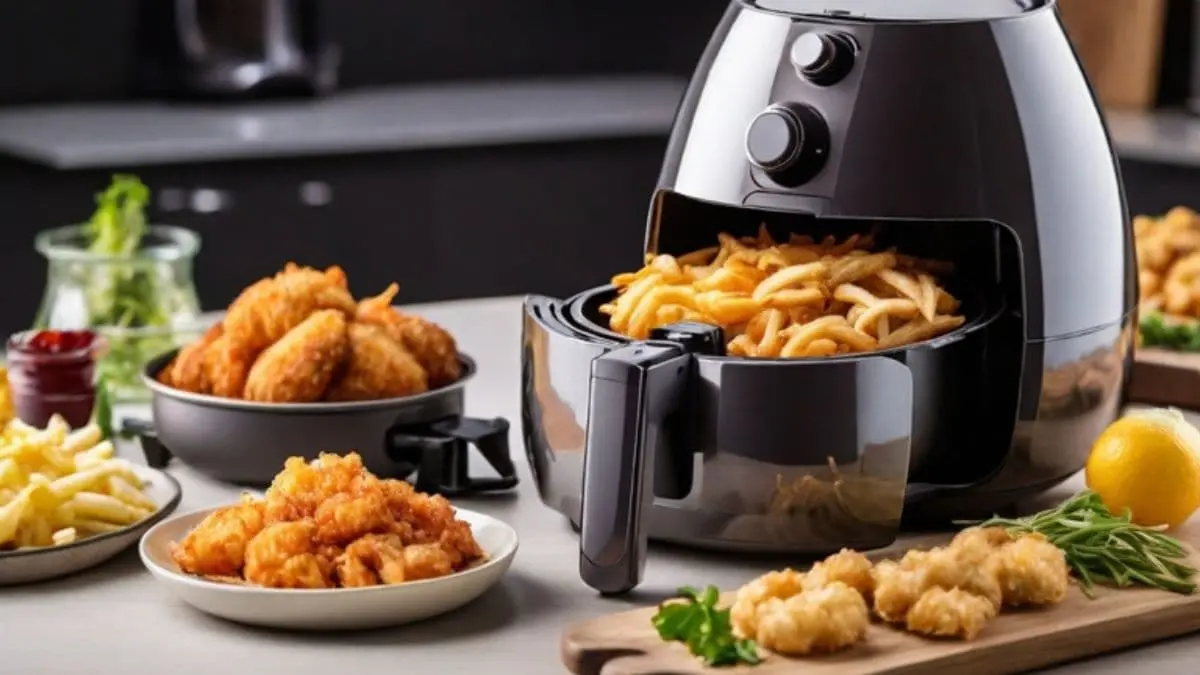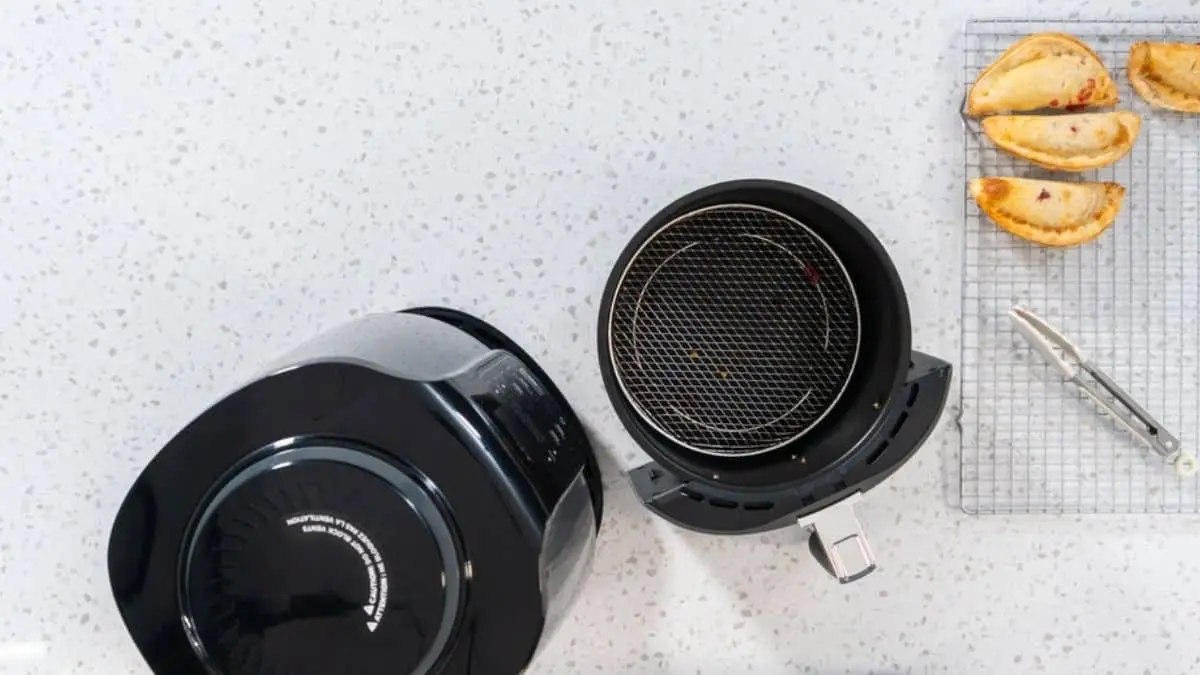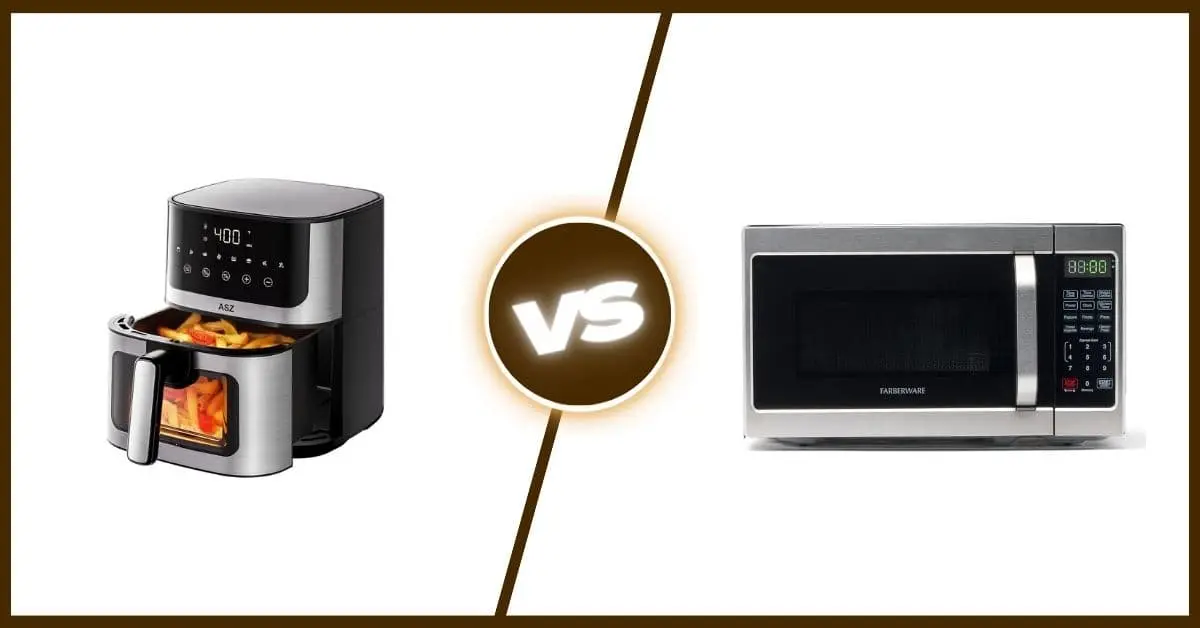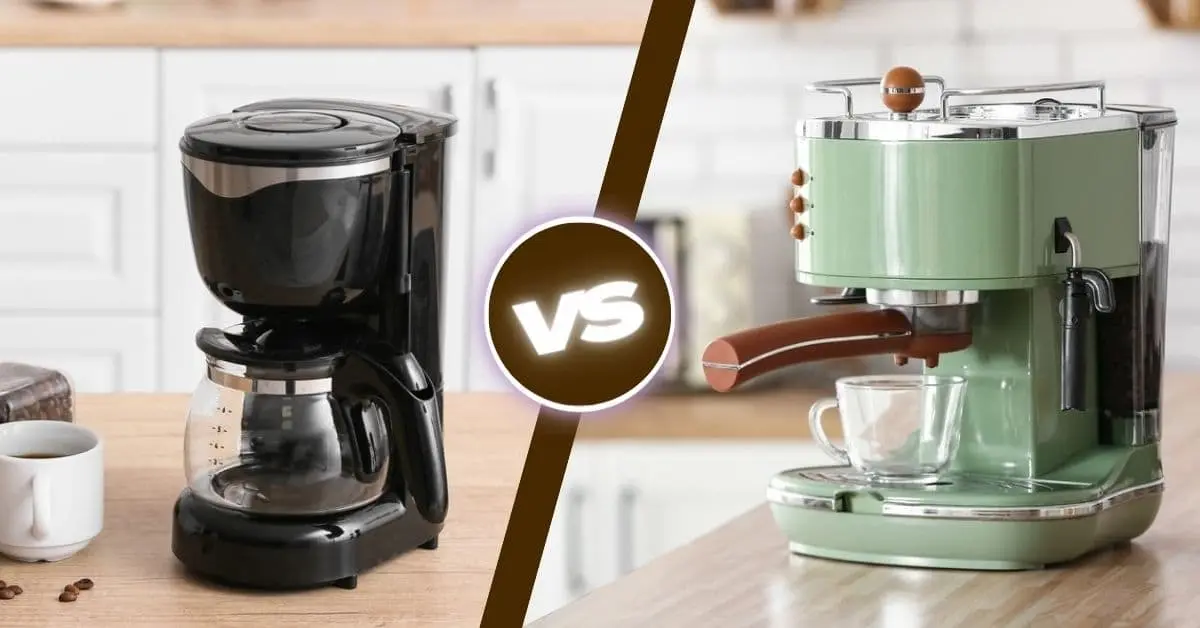Air fryers have taken over kitchens everywhere. They promise crispy, delicious food with little to no oil—what’s not to love? Whether you’re making fries, wings, or roasted veggies, air fryers can make cooking faster and healthier.
But here’s the thing—not everything belongs in an air fryer. Some foods can turn into a soggy mess, create smoke, or even damage your appliance. So, before you toss in just anything, it’s important to know what foods should not be cooked in an air fryer.
In this guide, we’ll cover the foods you should avoid, why they don’t work well, and what to do instead. Let’s dive in!
Why Some Foods Don’t Work Well in an Air Fryer
Air fryers work by circulating hot air around food to create a crispy, fried-like texture without deep frying. But not all foods can handle this cooking method. Some are too light and get blown around. Others don’t cook evenly or lose their texture.
Here are the main reasons why certain foods just don’t belong in an air fryer:
- Too Watery: Foods with high water content, like fresh tomatoes or cucumbers, turn mushy instead of crisping up.
- Not Enough Structure: Wet batters or loose bread dough won’t set properly—they just drip or fly around.
- Uneven Cooking: Large cuts of meat or thick foods don’t cook evenly, leaving you with raw spots or overcooked edges.
- Melting Issues: Delicate foods like fresh cheese melt too fast, making a gooey mess.
- Too Much Grease: Fatty meats, like bacon, can cause excessive smoke if the grease drips onto the heating element.
Understanding these issues will help you avoid common air fryer mistakes. Now, let’s go over specific foods you should never put in your air fryer—and what to do instead!
10 Foods You Should Never Cook in an Air Fryer
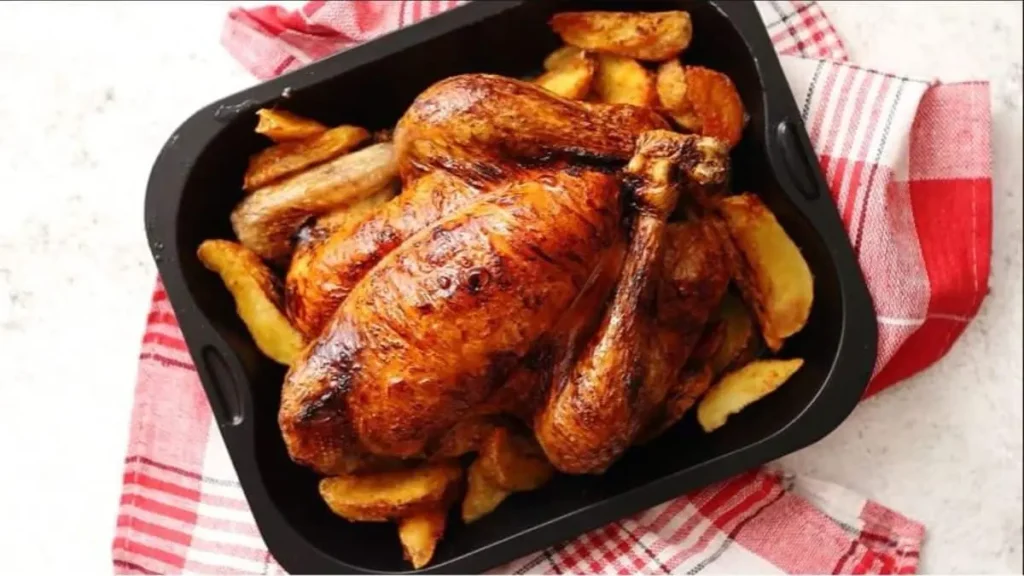
Not everything is meant for an air fryer. Some foods will create a mess, fail to cook properly, or even damage your appliance. Here’s a closer look at what you should avoid and why.
1. Wet-Battered Foods
If you’ve ever had crispy beer-battered fish or tempura shrimp, you might be tempted to recreate them in your air fryer. Unfortunately, it won’t work. Unlike deep frying, where hot oil instantly sets the batter, an air fryer just blows hot air around. This means the wet batter will drip right off, leaving you with a sticky mess at the bottom of the basket.
What to do instead? If you want crispy breaded foods, opt for pre-breaded frozen options or use a dry coating like panko crumbs. Lightly spritzing the coating with oil will help it crisp up.
2. Cheese (Unless Breaded)
Cheese and air fryers don’t always mix well. If you toss in shredded cheese or a slice of fresh cheese, it will melt quickly and ooze through the basket holes. The result? A smoky mess and a tricky cleanup job.
However, breaded cheese, like frozen mozzarella sticks, works fine because the coating helps contain the melting cheese. If you want to air fry homemade cheese sticks, freeze them first to keep the cheese from escaping.
3. Raw Leafy Greens
Air fryers rely on a fan to circulate hot air, and lightweight foods like raw spinach or kale tend to get caught in the airflow. Instead of crisping up, they end up flying around, often burning before they even cook.
Kale chips can work, but you need to coat them in oil and weigh them down with a rack to keep them in place. Otherwise, stick to heartier vegetables like carrots, potatoes, or Brussels sprouts.
4. Whole Roasts or Large Cuts of Meat
Air fryers are fantastic for cooking smaller portions of meat, but they struggle with large roasts, whole chickens, or thick steaks. The problem is uneven cooking. The outside can become overly browned while the inside remains undercooked.
If you’re set on cooking meat in your air fryer, go for smaller cuts like chicken wings, pork chops, or boneless thighs. For large roasts, use an oven or slow cooker instead.
5. Rice, Pasta, or Grains (Without Precooking)
Air fryers aren’t designed to cook foods that require boiling water. If you put uncooked rice, pasta, or quinoa in an air fryer, they’ll just dry out instead of softening. Since these foods need moisture to cook properly, the air fryer simply isn’t the right tool.
That said, if you have leftover rice or cooked pasta, you can crisp them up in an air fryer for a crunchy texture. Just toss them in a little oil first for better results.
6. Popcorn
You might think an air fryer can handle popcorn since it works similarly to a hot air popcorn maker. The problem? Most air fryers don’t reach the high temperatures needed to pop kernels.
A traditional popcorn maker or stovetop method is a much better choice. If you do attempt popcorn in an air fryer, expect inconsistent results, with some kernels burning and others staying unpopped.
7. Foods with High Water Content
Certain fresh vegetables and fruits don’t do well in an air fryer because they contain too much water. Slices of raw tomatoes, cucumbers, or watermelon won’t crisp up—they’ll just turn mushy.
If you want to air fry vegetables, go for sturdier options like zucchini, bell peppers, or sweet potatoes. Tossing them in a bit of oil helps achieve that crisp exterior.
8. Delicate Fish
Thin, flaky fish like tilapia, flounder, or sole are too delicate for an air fryer. The strong airflow can cause them to break apart before they’re fully cooked.
If you’re craving air-fried seafood, choose firmer fish like salmon or cod. Using parchment paper or a grill mat can also help keep the fish intact while cooking.
9. Bread and Pastries Without Support
While an air fryer can handle some baked goods, you need to be careful with soft doughs. Loose bread dough, unbaked croissants, or puff pastry can shift and lose their shape due to the strong airflow.
To prevent this, use baking molds, ramekins, or silicone liners to help maintain structure. If you’re making something like biscuits or cinnamon rolls, check on them frequently to make sure they don’t overcook.
10. Overly Saucy or Liquid-Based Dishes
Air fryers aren’t built for soups, stews, or any dish with a lot of liquid. The heating element is exposed, so excess liquid can cause splattering, smoking, or even damage.
If you need to cook something saucy, it’s best to use a baking dish that fits inside your air fryer. Otherwise, stick to an oven, stovetop, or slow cooker for liquid-heavy recipes.
Tips to Avoid Air Fryer Mistakes
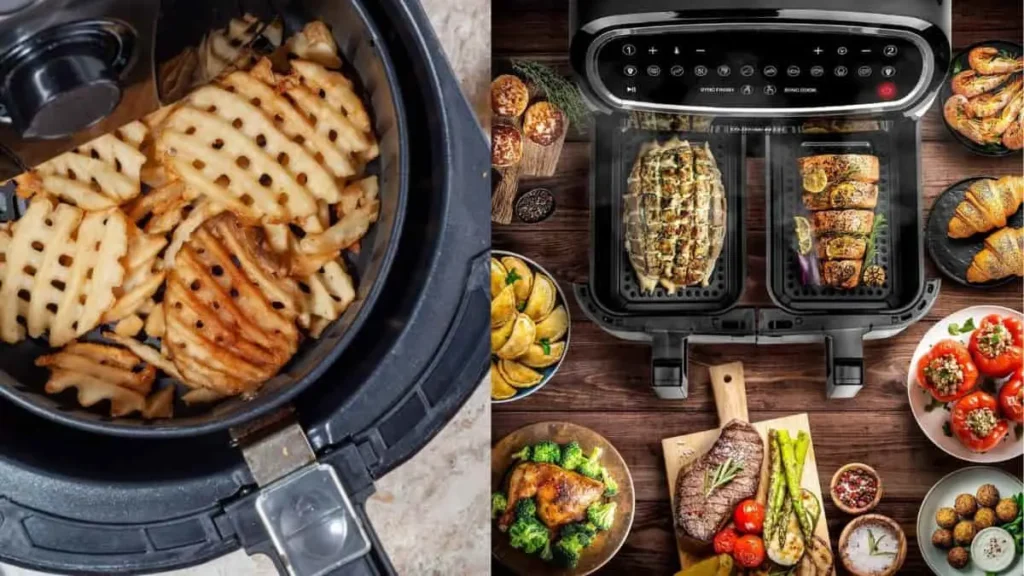
Using an air fryer is simple, but a few mistakes can lead to disappointing results. These common pitfalls can be avoided with the right techniques, whether it’s uneven cooking, soggy food, or a smoky mess.
Don’t Overcrowd the Basket
An air fryer works by circulating hot air around the food, so if you pack the basket too full, the air won’t flow properly. This leads to uneven cooking, with some pieces coming out crispy while others stay soft.
Fix: Cook in batches or shake the basket halfway through to ensure everything cooks evenly.
Preheat When Necessary
Just like an oven, preheating your air fryer can help food cook more evenly and get crispier. While not all recipes require it, preheating is especially useful for meats, frozen foods, and breaded items.
Fix: Check your air fryer’s manual—many models automatically preheat, while others need 3–5 minutes to warm up.
Secure Lightweight Foods
Leafy greens, loose bread crumbs, and other lightweight foods can get caught in the airflow, burning before they cook properly.
Fix: Weigh down greens with an air fryer rack, or coat them in a bit of oil to help them stay put.
Watch for Excess Grease and Smoke
Fatty foods like bacon or burgers can drip grease onto the heating element, causing smoke. If you notice excessive smoke, it’s usually due to oil buildup at the bottom of the air fryer.
Fix: Place a piece of bread under the basket to absorb extra grease. Regularly clean the tray to prevent smoke issues.
Don’t Use Parchment Paper Too Early
Parchment paper can help with cleanup, but placing it in an empty air fryer before adding food is a bad idea. The strong airflow can lift it up, causing it to burn.
Fix: Always place food on top of the parchment paper to hold it in place. Only use air fryer-safe parchment with perforations for proper airflow.
Adjust Cooking Times for Different Foods
Not all air fryers cook at the same speed. If a recipe isn’t turning out as expected, your air fryer may run hotter or cooler than others.
Fix: Check on food halfway through cooking and adjust the time if needed. A meat thermometer can help ensure proteins reach the right internal temperature.
Keep Your Air Fryer Clean
Leftover crumbs and grease buildup can affect cooking performance and even cause smoke. Regular maintenance will keep your air fryer working efficiently.
Fix: Clean the basket and tray after each use. For stubborn grease, soak parts in warm, soapy water before scrubbing.
If you’re unsure how to properly clean your air fryer, check out our comprehensive guide on How to Clean an Air Fryer for easy tips and tricks to maintain your appliance.
FAQs About Cooking in an Air Fryer
Can I put aluminum foil in an air fryer?
Yes, but with caution. Foil can block airflow, leading to uneven cooking. If you use it, make sure it doesn’t cover the entire basket. Instead, wrap it around food or use it to line the bottom tray without obstructing the vents. Always check your air fryer’s manual for specific guidelines.
Why does my air fryer smoke when cooking certain foods?
Excess grease, oil buildup, or fatty foods like bacon can cause smoking. This happens when dripping fat hits the heating element. To prevent it, place a slice of bread under the basket to absorb grease, or clean your air fryer regularly to remove oil residue.
Can I cook frozen food in an air fryer?
Absolutely! Frozen foods like fries, nuggets, and mozzarella sticks cook well in an air fryer. Just be sure not to overcrowd the basket, shake it halfway through, and adjust the cooking time if needed. No need to thaw—just air fry straight from frozen.
Is it safe to cook raw meat in an air fryer?
Yes, air fryers can handle raw meats like chicken, steak, and pork. However, avoid large cuts or whole roasts, as they may cook unevenly. Always use a meat thermometer to ensure it reaches the proper internal temperature—165°F for chicken, 145°F for beef and pork.
Why is my food not crispy in the air fryer?
Lack of crispiness usually comes from too much moisture or not enough oil. Pat food dry before cooking, avoid overcrowding the basket, and use a light oil spritz for better crisping. Also, preheating your air fryer can make a big difference.
Can I reheat leftovers in an air fryer?
Yes! Air fryers are great for reheating foods like pizza, fries, and fried chicken, restoring their crispiness better than a microwave. Set the temperature to around 300–350°F and heat for a few minutes until warmed through.
Are air fryers healthier than deep fryers?
Yes! Air fryers use little to no oil, reducing fat and calories compared to deep frying. While they won’t always replicate the exact crunch of deep-fried food, they offer a much healthier alternative with similar results.
Conclusion
Air fryers are a game-changer in the kitchen, making it easy to cook crispy, delicious meals with little to no oil. But as convenient as they are, not everything belongs in an air fryer. From wet-battered foods to delicate fish and overly saucy dishes, some ingredients just don’t cook well—or can even cause a mess.
By avoiding these common mistakes and following the right techniques, you’ll get the best results from your air fryer every time. Stick to foods that crisp up well, use a light oil coating when needed, and make sure to clean your air fryer regularly.
Now that you know what not to cook, you’re ready to experiment with all the foods that do work well. So fire up your air fryer and start making delicious, crispy meals the right way!

